Hyundai i20 vs Jeep Avenger – Which model is better for everyday use?
Compare performance, boot capacity, efficiency and price at a glance.
Find out which car is the better choice for you – Hyundai i20 or Jeep Avenger?
Here’s where it gets real: The technical differences in detail
Costs and Efficiency: Looking at overall running costs, both models reveal some interesting differences in everyday economy.
Hyundai i20 has a clearly perceptible advantage in terms of price – it starts at 17400 £, while the Jeep Avenger costs 21900 £. That’s a price difference of around 4542 £.
Fuel consumption also shows a difference: the Jeep Avenger manages with 4.90 L and is therefore hardly perceptible more efficient than the Hyundai i20 with 5.20 L. The difference is about 0.30 L per 100 km.
Engine and Performance: Power, torque and acceleration say a lot about how a car feels on the road. This is where you see which model delivers more driving dynamics.
When it comes to engine power, the Jeep Avenger has a distinct edge – offering 156 HP compared to 100 HP. That’s roughly 56 HP more horsepower.
In acceleration from 0 to 100 km/h, the Jeep Avenger is noticeable quicker – completing the sprint in 9 s, while the Hyundai i20 takes 11.10 s. That’s about 2.10 s faster.
In terms of top speed, the Jeep Avenger performs barely noticeable better – reaching 194 km/h, while the Hyundai i20 tops out at 183 km/h. The difference is around 11 km/h.
There’s also a difference in torque: the Jeep Avenger pulls evident stronger with 260 Nm compared to 200 Nm. That’s about 60 Nm difference.
Space and Everyday Use: Beyond pure performance, interior space and usability matter most in daily life. This is where you see which car is more practical and versatile.
Both vehicles offer seating for 5 people.
In curb weight, the Hyundai i20 is barely noticeable lighter – 1088 kg compared to 1180 kg. The difference is around 92 kg.
In terms of boot space, the Jeep Avenger offers hardly perceptible more room – 380 L compared to 352 L. That’s a difference of about 28 L.
In maximum load capacity, the Jeep Avenger performs hardly perceptible better – up to 1277 L, which is about 112 L more than the Hyundai i20.
When it comes to payload, Jeep Avenger minimal takes the win – 502 kg compared to 472 kg. That’s a difference of about 30 kg.
Our conclusion: The Jeep Avenger proves to be wins the duel decisively and thus becomes our DriveDuel Champion!
Overall, Jeep Avenger is the better all-rounder in this comparison.
Hyundai i20
The Hyundai i20 impresses with its sleek design and modern aesthetics, making it a stylish choice in the compact car segment. Its interior is thoughtfully designed, offering comfort and advanced technology for a pleasurable driving experience. The vehicle also stands out with its efficient performance and agile handling, making city driving a breeze.
details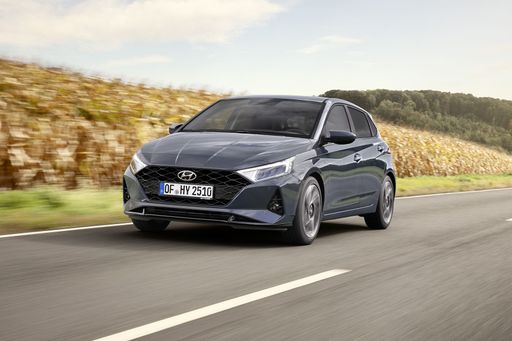 @ hyundai.news
@ hyundai.news
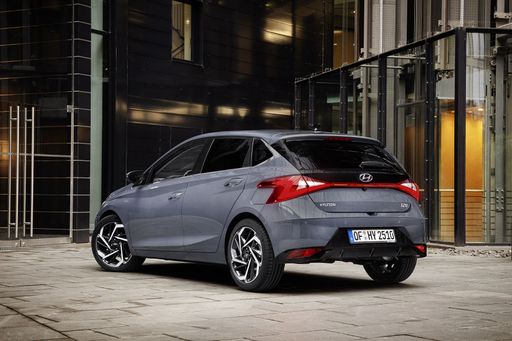 @ hyundai.news
@ hyundai.news
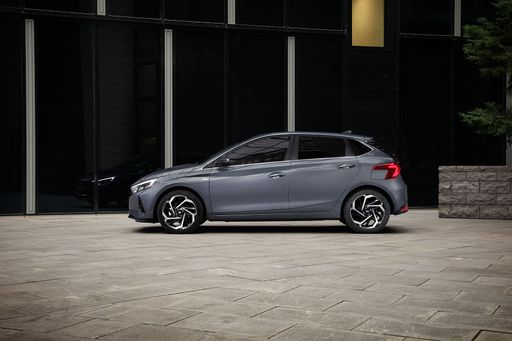 @ hyundai.news
@ hyundai.news
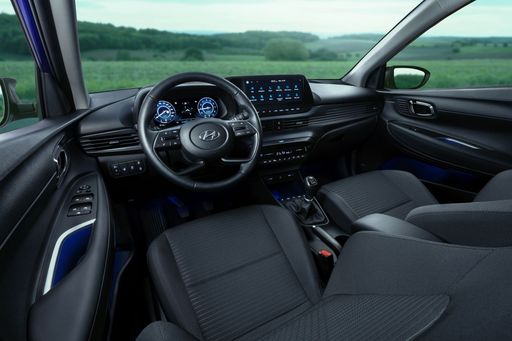 @ hyundai.news
@ hyundai.news
 @ hyundai.news
@ hyundai.news
Jeep Avenger
The Jeep Avenger is a compact SUV that brings a blend of rugged design and modern technology, making it ideal for both urban and off-road adventures. Its robust build and distinctive styling capture Jeep's iconic spirit while offering a comfortable and refined driving experience. With advanced safety features and a versatile interior, the Avenger caters to a wide range of drivers looking for practicality and excitement.
details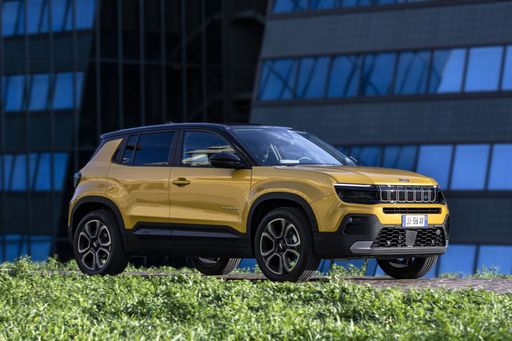 @ Stellantis
@ Stellantis
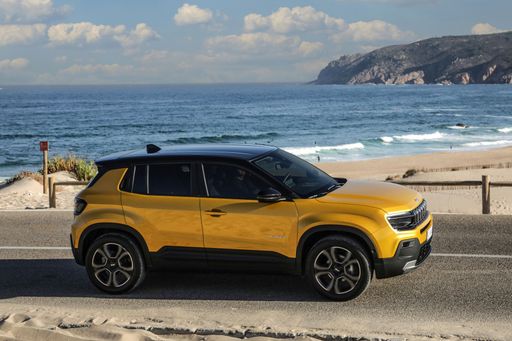 @ Stellantis
@ Stellantis
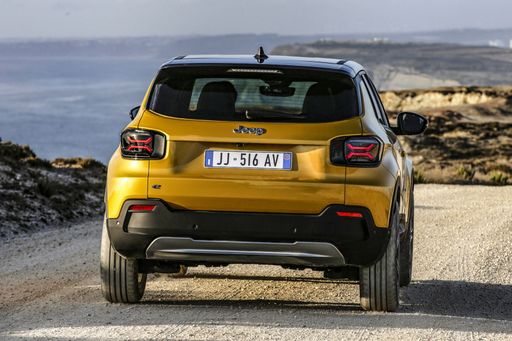 @ Stellantis
@ Stellantis
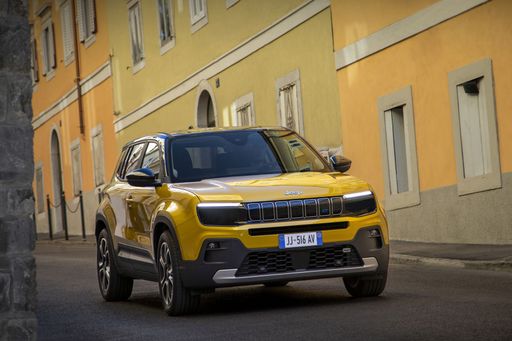 @ Stellantis
@ Stellantis
 @ Stellantis
@ Stellantis

|

|
|
|
|
Costs and Consumption |
|
|---|---|
|
Price
17400 - 24000 £
|
Price
21900 - 36900 £
|
|
Consumption L/100km
5.2 - 5.3 L
|
Consumption L/100km
4.9 - 5.7 L
|
|
Consumption kWh/100km
-
|
Consumption kWh/100km
15.50 kWh
|
|
Electric Range
-
|
Electric Range
400 km
|
|
Battery Capacity
-
|
Battery Capacity
51 kWh
|
|
co2
119 - 121 g/km
|
co2
0 - 129 g/km
|
|
Fuel tank capacity
40 L
|
Fuel tank capacity
44 L
|
Dimensions and Body |
|
|---|---|
|
Body Type
Hatchback
|
Body Type
SUV
|
|
Seats
5
|
Seats
5
|
|
Doors
5
|
Doors
5
|
|
Curb weight
1088 - 1190 kg
|
Curb weight
1180 - 1520 kg
|
|
Trunk capacity
352 L
|
Trunk capacity
325 - 380 L
|
|
Length
4065 - 4075 mm
|
Length
4084 - 4088 mm
|
|
Width
1775 mm
|
Width
1776 mm
|
|
Height
1450 - 1455 mm
|
Height
1527 - 1541 mm
|
|
Max trunk capacity
1165 L
|
Max trunk capacity
1218 - 1277 L
|
|
Payload
450 - 472 kg
|
Payload
494 - 502 kg
|
Engine and Performance |
|
|---|---|
|
Engine Type
Petrol
|
Engine Type
Electric, Petrol, Petrol MHEV
|
|
Transmission
Automatic, Manuel
|
Transmission
Automatic, Manuel
|
|
Transmission Detail
Dual-Clutch Automatic, Manual Gearbox
|
Transmission Detail
Reduction Gearbox, Manual Gearbox, Dual-Clutch Automatic
|
|
Drive Type
Front-Wheel Drive
|
Drive Type
Front-Wheel Drive, All-Wheel Drive
|
|
Power HP
79 - 100 HP
|
Power HP
100 - 156 HP
|
|
Acceleration 0-100km/h
11.1 - 13.7 s
|
Acceleration 0-100km/h
9 - 10.6 s
|
|
Max Speed
166 - 183 km/h
|
Max Speed
150 - 194 km/h
|
|
Torque
113 - 200 Nm
|
Torque
205 - 260 Nm
|
|
Number of Cylinders
3 - 4
|
Number of Cylinders
3
|
|
Power kW
58 - 74 kW
|
Power kW
74 - 115 kW
|
|
Engine capacity
998 - 1197 cm3
|
Engine capacity
1199 cm3
|
General |
|
|---|---|
|
Model Year
2024
|
Model Year
2023 - 2025
|
|
CO2 Efficiency Class
D
|
CO2 Efficiency Class
A, D, C
|
|
Brand
Hyundai
|
Brand
Jeep
|
What drivetrain options does the Hyundai i20 have?
The Hyundai i20 is offered with Front-Wheel Drive.
The prices and data displayed are estimates based on German list prices and may vary by country. This information is not legally binding.
